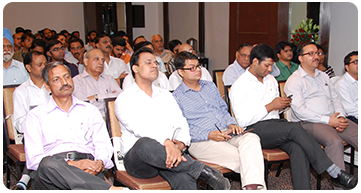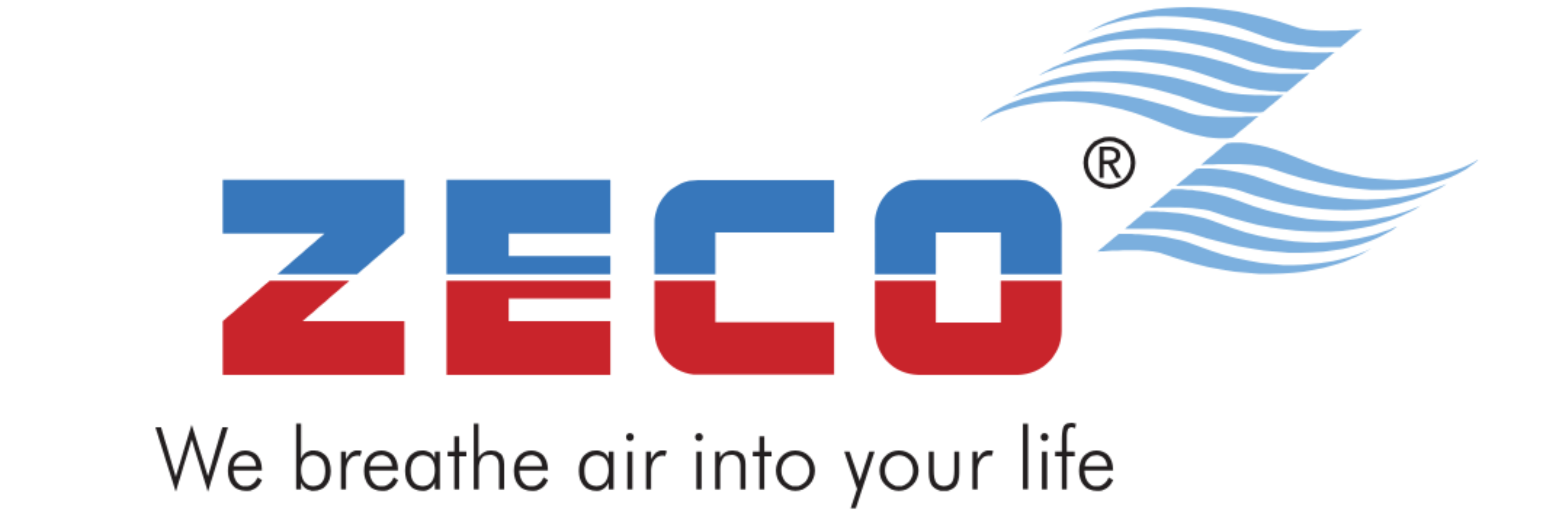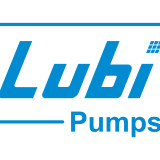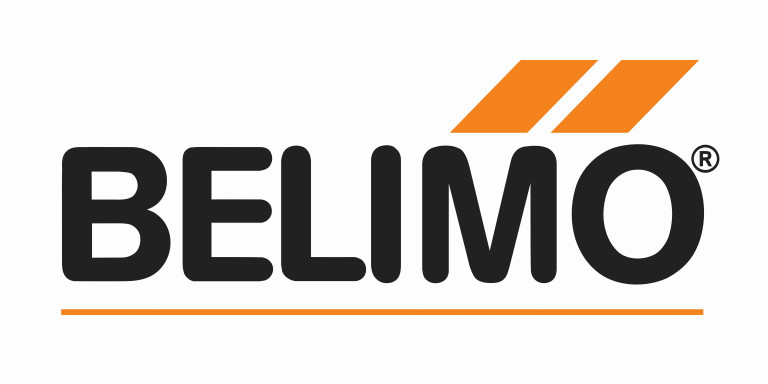
Green Warrior

CARBON NEUTRAL INDIA

-
Delhi Chapter of ISHRAE
DC ISHRAE, the Indian Society of Heating, Refrigerating & Air-conditioning Engineers was founded in 1981 in New Delhi by a group of ten eminent HVAC&R professionals. Mr. M.K. Jain was the founding President of the Society.
Upcoming Events
No Events
Calendar
Mon
Tue
Wed
Thu
Fri
Sat
Sun
M
T
W
T
F
S
S
29
30
1
2
3
4
5
6
7
8
9
10
11
12
13
14
15
16
17
18
19
20
21
22
23
24
25
26
27
28
29
30
31
1
2
Membership Plans
Join the Delhi Chapter of ISHRAE
Student Membership Plan
New Membership For 3 Years
- Registration Fee : ₹ 1653.00/-
- GST @18 : 18.00%
- Total : ₹ 1950/-
Benefits of Joining ISHRAE
- A Premiere Technical Society exclusively for AC & R community.
- Membership for individuals only, No Corporate Membership.
- Provides excellent networking opportunities to interact with other Professionals, Industry Leaders and key decisions makers in the Profession and Industry.
- Provides an excellent forum for professional development and continuous training & Re-training on both fundamentals and latest products & technologies available worldwide.
- Provides a platform for effective marketing and launching of new products and technologies through exhibitions, product presentations and advertisements.
- Provides an International exposure through International Associates.
- Easy access to all ISHRAE Technical Publications, Software, Workshops, Conferences and Training Programs.
Like us on Facebook
2 days ago
Dear All,![]()
![]() We welcome you all to book your advertisement on our upcoming Issue of our Journal "I-SHARE".
We welcome you all to book your advertisement on our upcoming Issue of our Journal "I-SHARE".![]()
![]() For More details pls Connect us @
For More details pls Connect us @![]()
![]() Mail: info@dcishrae.org
Mail: info@dcishrae.org![]() Or Call 8595718908 / 9205780208 / 92057 80211
Or Call 8595718908 / 9205780208 / 92057 80211![]()
![]() Thanks & regards,
Thanks & regards,![]() Delhi Chapter of ISHRAE
Delhi Chapter of ISHRAE
CWC Members


















Our Annual Partners
Gold Partners


Silver Partners



Bronze Partners





Bronze Partner


Our Events


